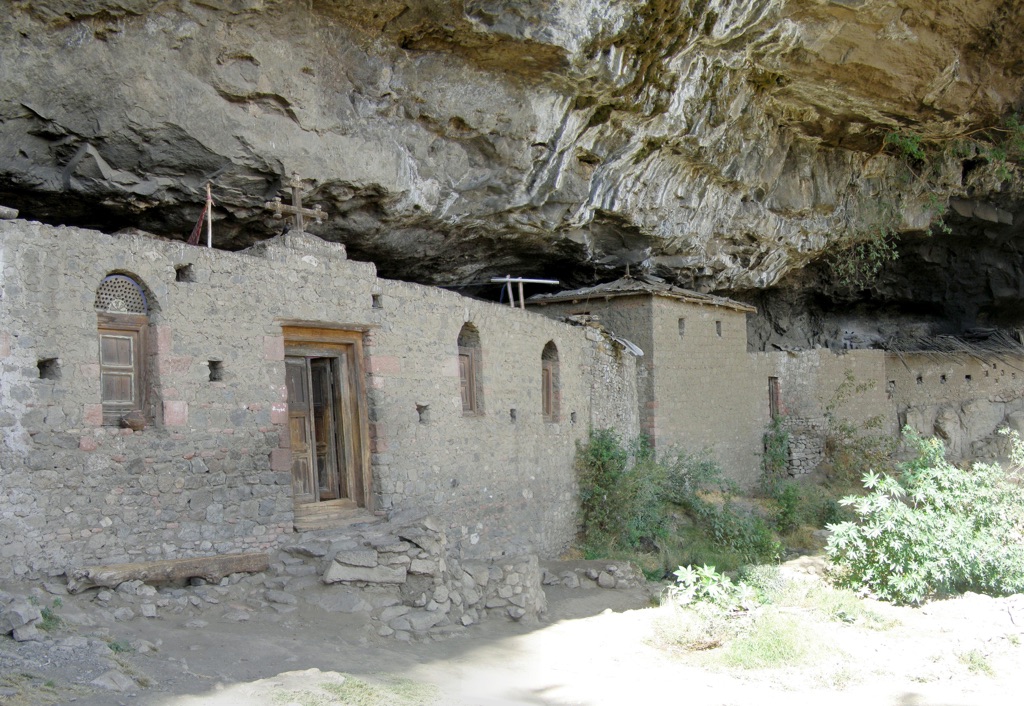Na’akuto La’ab is a monolithic church located in the northern part of Ethiopia. Carved from a living rock, it is a testament to the country’s rich religious history and architectural ingenuity. The church is associated with King Lalibela of the Zagwe dynasty, who is said to have commissioned its construction. Na’akuto La’ab stands as a significant pilgrimage site and a remarkable example of Ethiopia’s medieval period rock-hewn churches.
Get your dose of History via Email
Historical Background of Na’akuto La’ab
The discovery of Na’akuto La’ab dates back to the early 20th century, although the exact details are not well-documented. It was built during the reign of King Lalibela, who ruled Ethiopia in the late 12th and early 13th centuries. The king aimed to create a ‘New Jerusalem’ for those unable to make the pilgrimage to the Holy Land. Na’akuto La’ab is one of the many churches attributed to his visionary project.
King Lalibela’s legacy is deeply intertwined with the church. After his reign, Na’akuto La’ab continued to serve as a religious sanctuary. Over the centuries, it has been a place of worship and solitude for monks and pilgrims alike. The church has also withstood the test of time, surviving both natural and human-induced challenges.
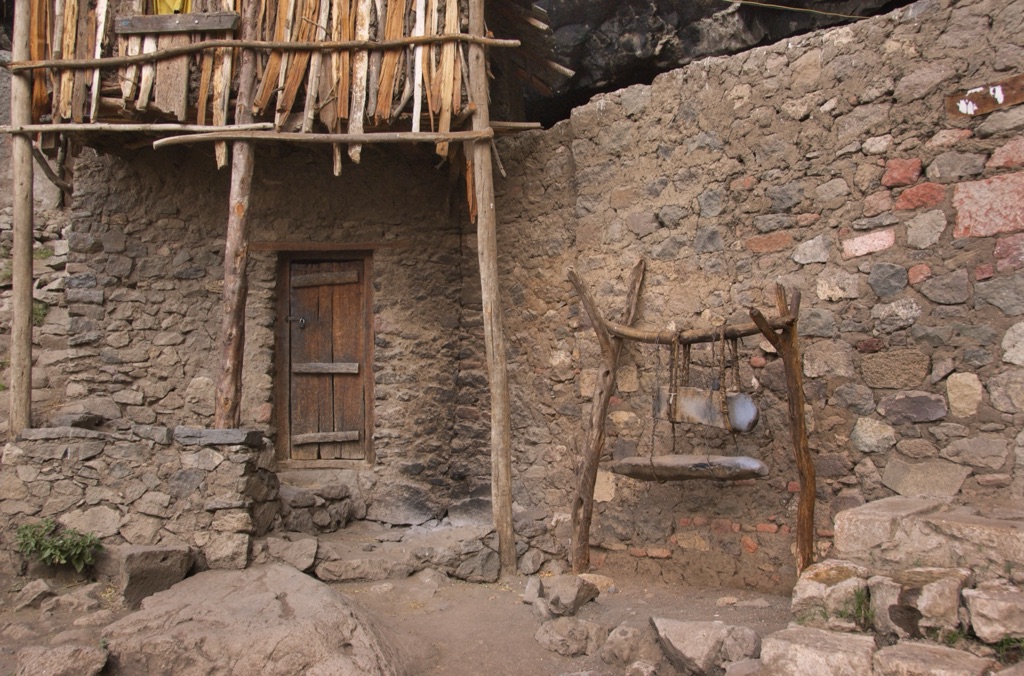
The church’s historical significance is further highlighted by its setting. It is located near Lalibela, a town named after the king himself. This area is famous for its cluster of rock-hewn churches, which are collectively recognized as a UNESCO World Heritage site. Na’akuto La’ab contributes to this prestigious status.
Na’akuto La’ab’s importance lies in its continuous use as a place of worship. Its presence offers insights into the religious practices and societal structures of medieval Ethiopia. The church has been a silent witness to the ebb and flow of Ethiopian history.
The builders of Na’akuto La’ab are attributed to the Zagwe dynasty, their craftsmanship reflects the skills and cultural influences of the time.
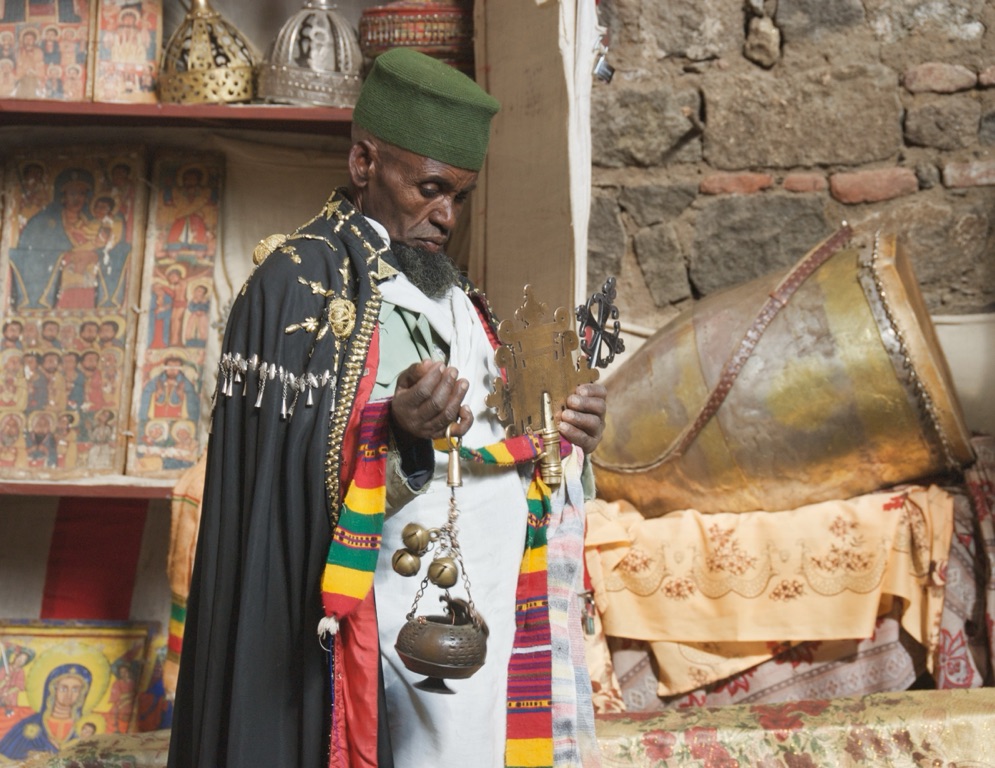
About Na’akuto La’ab
Na’akuto La’ab is a cave church, distinct from the more famous standalone structures in Lalibela. It is smaller and less complex but no less impressive. The church is carved into the side of a rock, with the entrance marked by a simple yet elegant facade.
The interior of Na’akuto La’ab is adorned with religious frescoes and carvings. These artworks depict biblical scenes and saints, showcasing the rich liturgical tradition of the Ethiopian Orthodox Church. The colors and designs are a testament to the artistic heritage of the region.
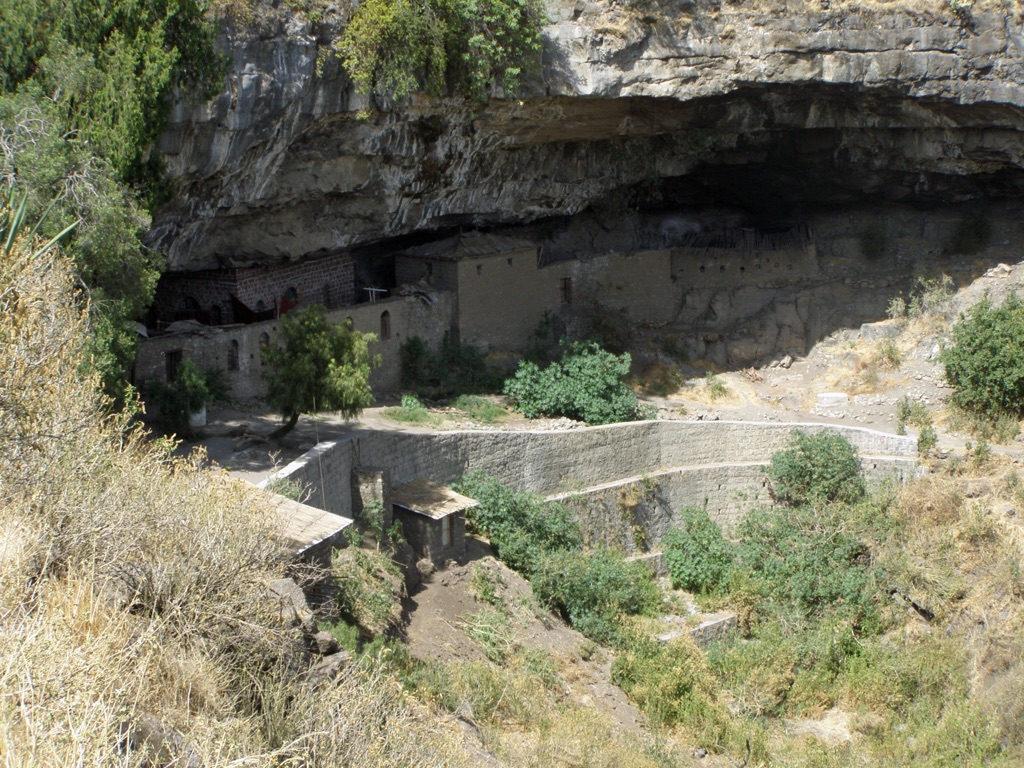
The construction of Na’akuto La’ab involved excavating the rock to create an inner sanctum. The builders used iron tools to chisel away the stone, a laborious process that required precision and patience. The result is a harmonious blend of architecture and nature.
One of the architectural highlights of Na’akuto La’ab is its arches. They demonstrate the builders’ understanding of weight distribution and support. The church also features a unique drainage system, designed to protect it from rainwater damage.
The building materials for Na’akuto La’ab were the very rocks from which it was carved. This method of construction, known as monolithic architecture, is characteristic of the churches in the Lalibela region. It reflects a deep connection to the landscape and a resourceful use of available materials.
Theories and Interpretations
Several theories exist about the use of Na’akuto La’ab. Most agree that it served as a place of worship and meditation. Some suggest it may have been a hermitage due to its smaller size and more secluded location.
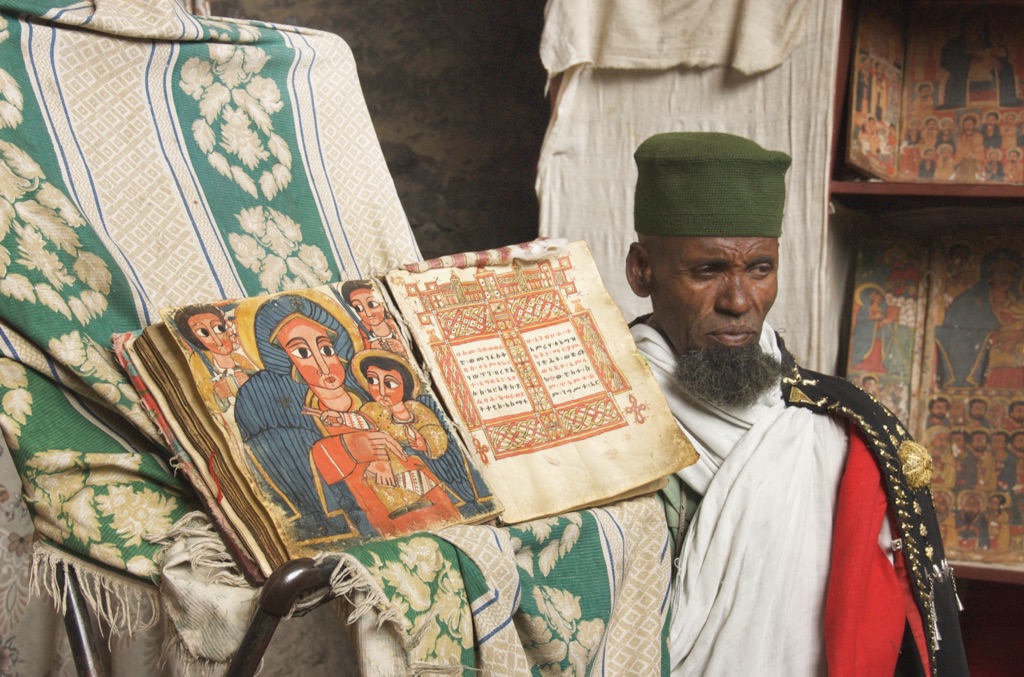
Interpretations of the church’s frescoes and carvings have been matched to historical records. These artworks provide a visual narrative of religious stories and figures, offering a glimpse into the theological mindset of the time.
Dating Na’akuto La’ab has been challenging due to the lack of written records. However, architectural analysis and carbon dating of organic materials found within the church suggest it was built during King Lalibela’s reign.
The methods used to date the church include comparative analysis with other Lalibela churches. These methods help to establish a timeline and understand the church’s place in Ethiopia’s history.
At a glance
Country: Ethiopia
Civilization: Zagwe dynasty
Age: Late 12th to early 13th century AD
Conclusion and Sources
The information in this article has been obtained from the following reputable sources:
– Wikipedia – https://en.wikipedia.org/wiki/Na%27akueto_La%27ab

